
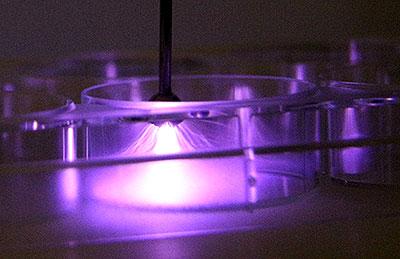
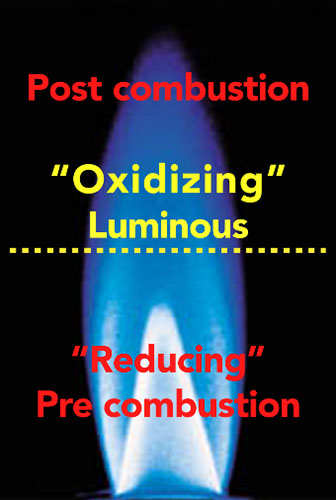
Thermoplastics are inherently hydrophobic, low surface energy substrates that do not adhere well to other like or dissimilar materials. Semicrystalline polymers are generally more difficult to bond (compared to amorphous) due to their ordered structure morphology, e.g., polyolefins, polyamides (nylons),…
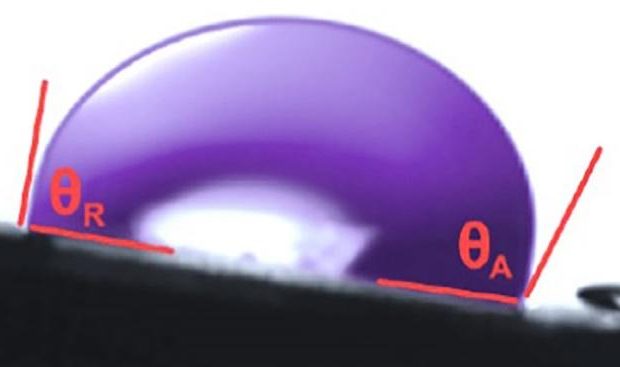
Figure 1 Polymeric adhesion bonding problems are pervasive throughout the plastics industry. Two- and three-dimensional products often include bonding plastic-to-plastic, plastic-to-metal, plastic-to-composite, optomechanical, and more. Adhesion bonding applications are not limited to adhesives (epoxies, urethanes, acrylics, silicones, etc.), but include…
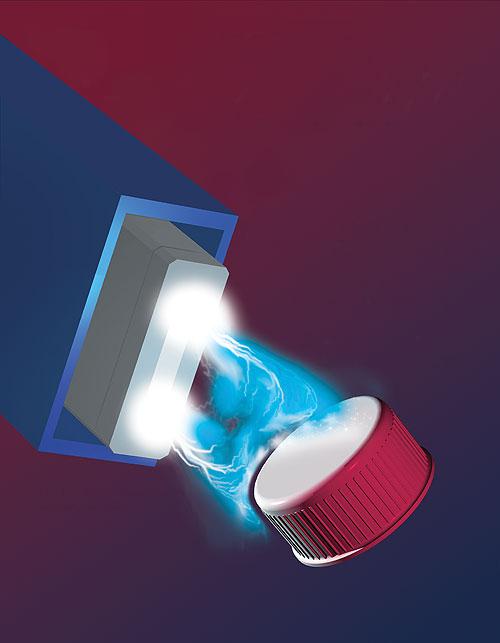
From commodity to high-performance grades, semi-crystalline polymers are difficult to bond to themselves and dissimilar materials. To create strong molecular bonds necessary for adhesion, clean substrate surfaces (often in conjunction with pretreatment) are required. The selection of adhesive and proper…
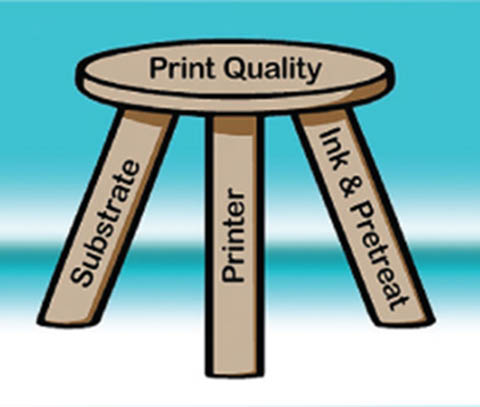
The demand for digital inkjet printing on three-dimensional plastic products is increasing exponentially. Application challenges to achieving robust operations are the optimal ink chemistry-printhead design, compatibility between the ink and polymeric substrate and curing. This article discusses the important process…
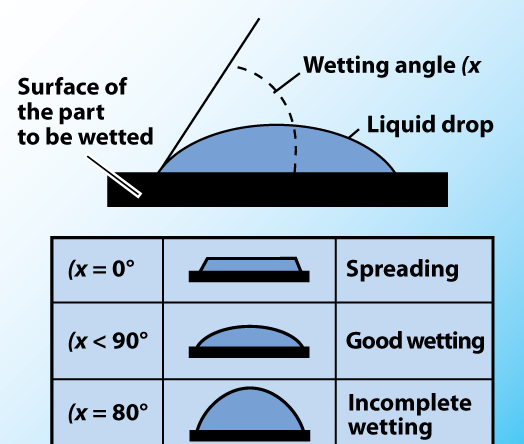
Digital printing technologies, such as inkjet and laser on plastics, offer monumental advantages for manufacturers compared to traditional analog methods, e.g., pad printing, hot stamping, screen printing, etc. Digital printing allows for full product customization, unique alphanumeric part identification, product…
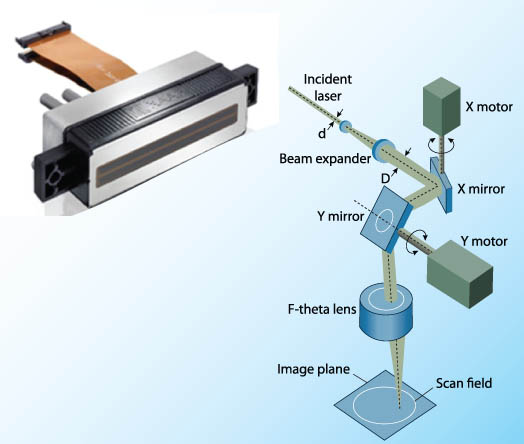
Digital printing technologies, such as inkjet and laser on plastics, offer monumental advantages for manufacturers compared to traditional analog methods, e.g., pad printing, hot stamping, screen printing, etc. Digital printing allows for full product customization, unique alphanumeric part identification, product…
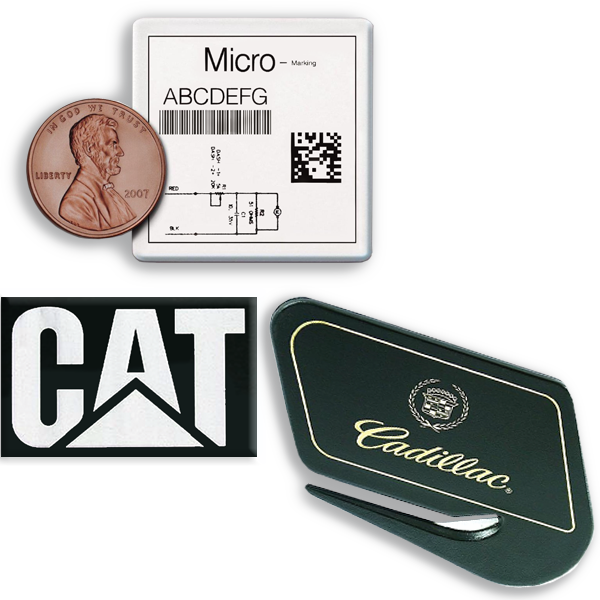
SABREEN offers the following plastic laser marking solutions: Custom laser colormatch formulations, regulatory compliance, prototype samples Injection molding process optimization, dispersion/distribution, analytical testing Laser equipment systems design & integration, machine vision On-site problem-solving, laser process optimization, vectorized artwork/graphics Laser safety…
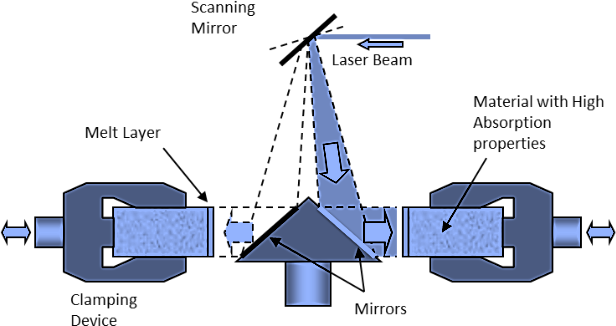
Digital printing technologies, such as inkjet and laser on plastics, offer monumental advantages for manufacturers compared to traditional analog methods, e.g., pad printing, hot stamping, screen printing, etc. Digital printing allows for full product customization, unique alphanumeric part identification, product…
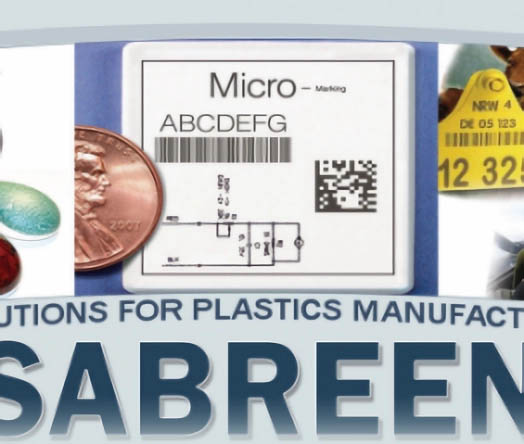
Abstract Digital printing on plastics offers monumental advantages for manufacturers compared to traditional analog methods such as pad printing, hot stamping, screen printing, etc. Digital printing allows for full product customization, unique alphanumeric part identification, product security, serialization, barcode/2D codes,…
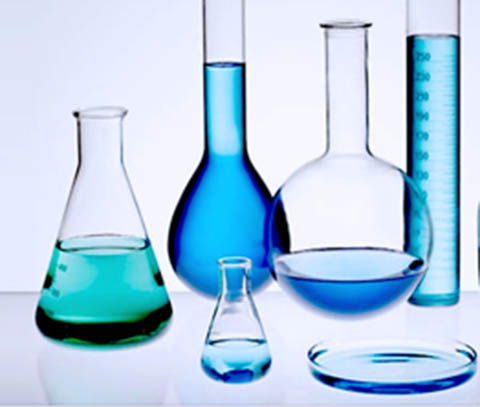
Dual-purpose laser additives blended into polymers during primary processing allow for marking and transmission welding of clear and opaque polymers. Novel chemical additives, including those that are FDA-/medical-compliant, achieve high-strength hermetic seal weld joints and indelible opaque marking contrast. Laser…

SNOWLEOPARD is a new, highly engineered covert optical security anti-counterfeiting authentication technology. Authentication by vapor mist reveals invisible codes and images without instruments. Invisible security codes are indelibly inscribed submicron directly onto substrate materials. Substrates include plastics, thin-polymer films, glass,…
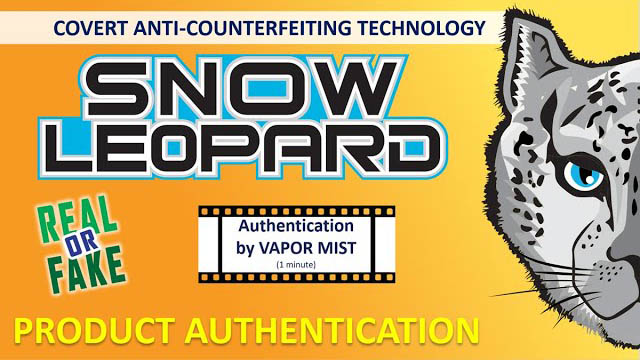
SNOWLEOPARD is a new, highly engineered covert optical security anti-counterfeiting authentication technology. Authentication by vapor mist reveals invisible codes and images without instruments. Invisible security codes are indelibly inscribed submicron directly onto substrate materials. Substrates include plastics, thin-polymer films, glass,…

SNOWLEOPARD is a new, highly engineered covert optical security anti-counterfeiting authentication technology. Invisible security codes are indelibly inscribed submicron directly onto substrate materials. Substrates include plastics, thin-polymer films, glass, composites, metals and can be any color, transparent, translucent, or opaque….
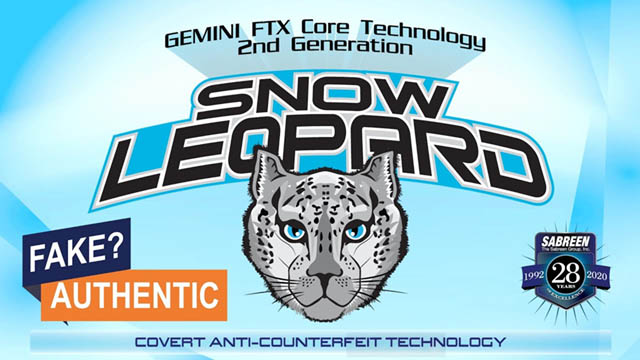
SNOWLEOPARD covert optical product security, anti-counterfeit technology solution and brand protection by The Sabreen Group. Authentication by vapor mist. Invisible, indelible security codes are inscribed submicron directly onto plastics, packaging, polymer films, wafer seals, labels & glass. No consumables and…
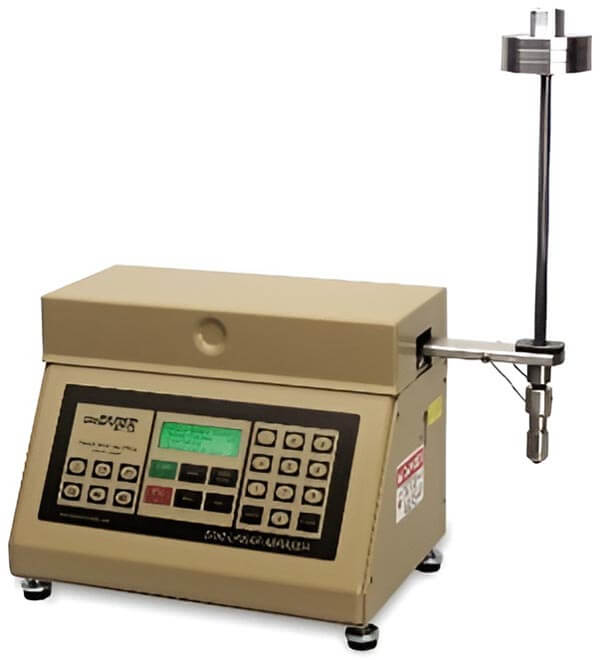
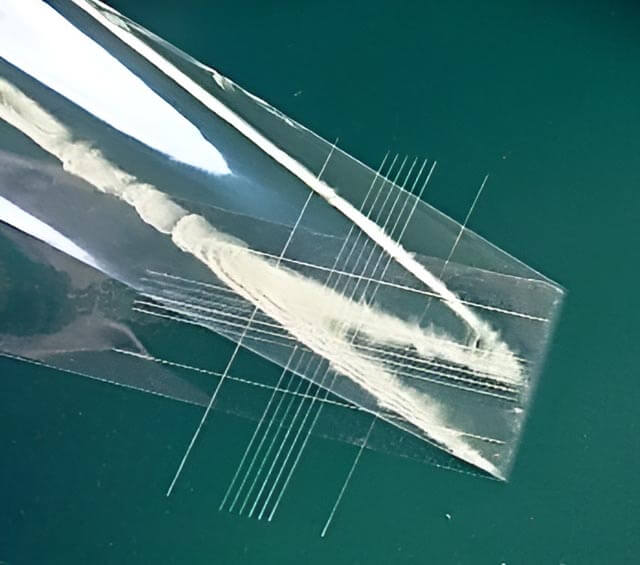

industrial coating of plastics is a cornerstone process for decorating, finishing, and mass customization. Liquid coatings are highly versatile allowing for infinite functional and aesthetic possibilities Coatings add value and are cost-effective and eco-friendly. Coating processes are multifaceted and require…
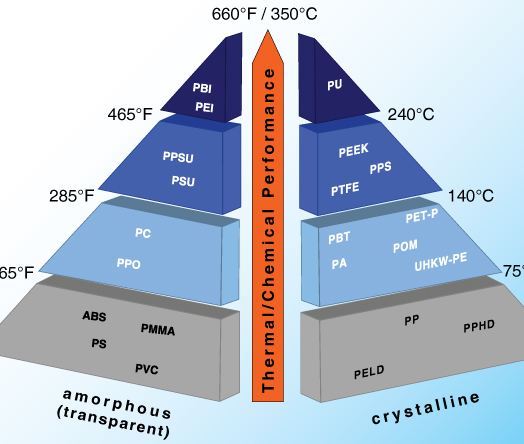
From commodity to high-performance grades, semi-crystalline polymers are difficult to bond to themselves and dissimilar materials. To create strong molecular bonds necessary for adhesion, clean substrate surfaces (often in conjunction with pretreatment) are required. The selection of adhesive and proper…
